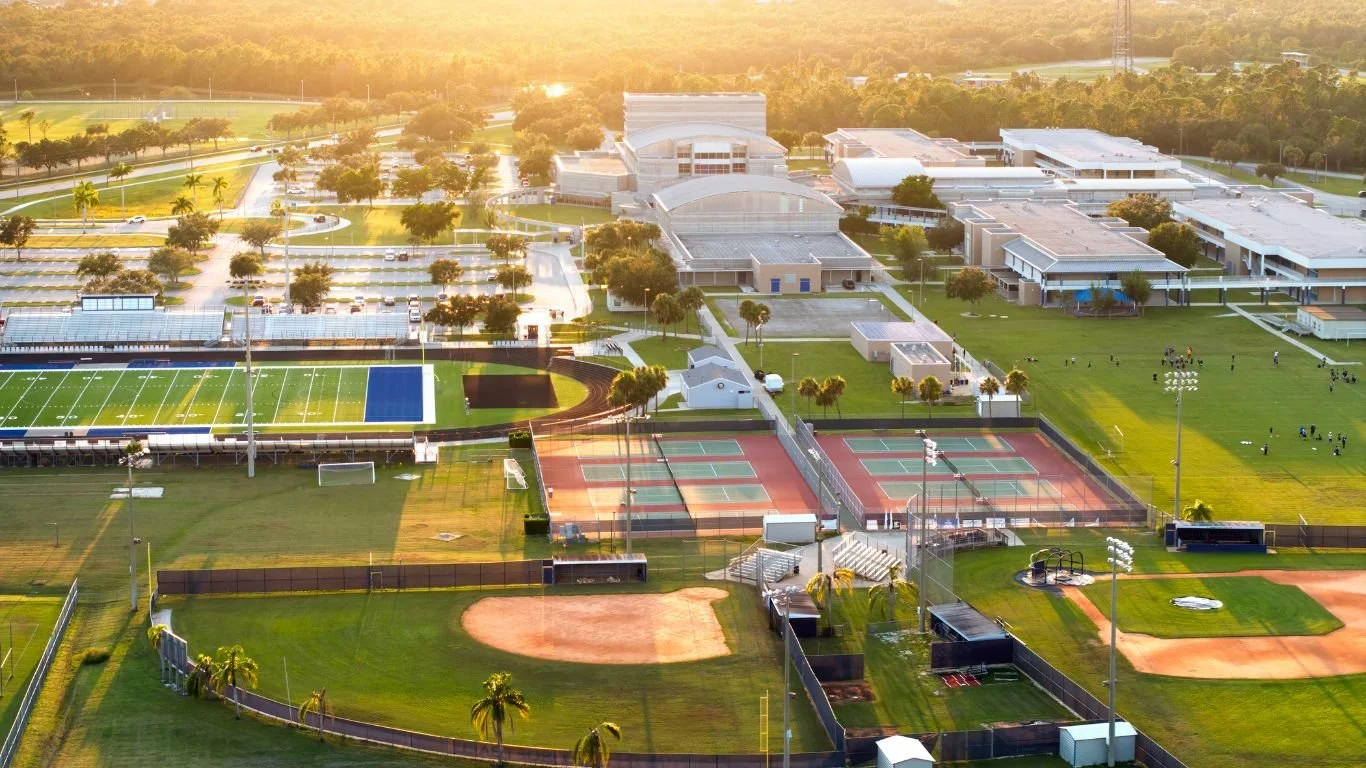FACILITIES
-

Facilities Inventory
Understanding your operation is critical to advising change. This assessment is a deep dive with our customers to understand where you have been, where you are, and where you wish to go. Systems are individual. Understanding your past success and challenges along with current opportunities and limitations will allow us to guide a path forward.
-

Long-Term Facilities Maintenance (LTFM) Planning
Ensuring proper facility maintenance is essential for students to thrive. Effective life-cycle planning for buildings and equipment plays a key role in establishing stable budgets.
-

Facilities Make-up
The overall academic and functional success of any institution is significantly influenced by the environment and physical structure of its facilities.
- A natural environment that takes into account temperature, lighting, outdoor accessibility, and sound quality.
- Learning environments that cater to different age groups, providing flexible opportunities for students to tailor their experiences to their individual preferences.
- Clear pathways between group and individual learning areas that allow for a break from sensory overload.
- Balanced sensory stimulation featuring color and visual diversity, along with considerations for climate, natural surroundings, and culturally sensitive design.
- A "small-to-large" approach to school design that begins with the development of learning spaces and expands from there.
-

Outdoor Facilities
How much space is required for outdoor parking, transportation, activities, or physical education?
- Parking Considerations: It is essential to ensure sufficient parking spaces are provided for students, staff, visitors, and contracted personnel.
- Transportation to and from the School: How will students and their parents access the school? A thorough evaluation of traffic patterns is necessary to facilitate smooth entry in the morning and exit after classes. Minimizing disruption to local traffic is crucial to creating a peaceful drop-off and pick-up experience.
- Transportation on School Grounds: What will be the method for students to navigate between buildings? Many students may prefer using skateboards, scooters, roller skates, and bicycles. Therefore, having paved paths is crucial, along with possibly separate walking paths.
- Activities/Physical Education: The amount of space needed may vary based on the age of your students and, in certain instances, the regulations set by the education authority regarding recess and physical education time.
-

Technology
The power infrastructure needs to be robust enough to support a wide range of technological devices. In well-structured schools, technology plays multiple roles, including assisting with administrative and operational tasks, improving marketing and communications, and enhancing student learning experiences.
-

Legal Requirements
Educational facilities frequently face distinct legal requirements compared to other building types. It is crucial to understand the legal obligations specific to educational facilities in your school's location. Given the complexity of these regulations, it is advisable for stakeholders to consult certified professionals to guarantee compliance, including structural engineers, architects, and builders. These experts regularly engage with building codes and are well-versed in the legal requirements for educational facilities, ensuring that your institution adheres to all necessary standards.
Free Consultation with a K-12 Operations Expert
A complimentary operations call with EduOps will take under an hour. During this session, one of our advisors will lead you through discovery questions to better understand your organization, your objectives, and your potential opportunities. Following this, we will provide you with the next recommended steps.